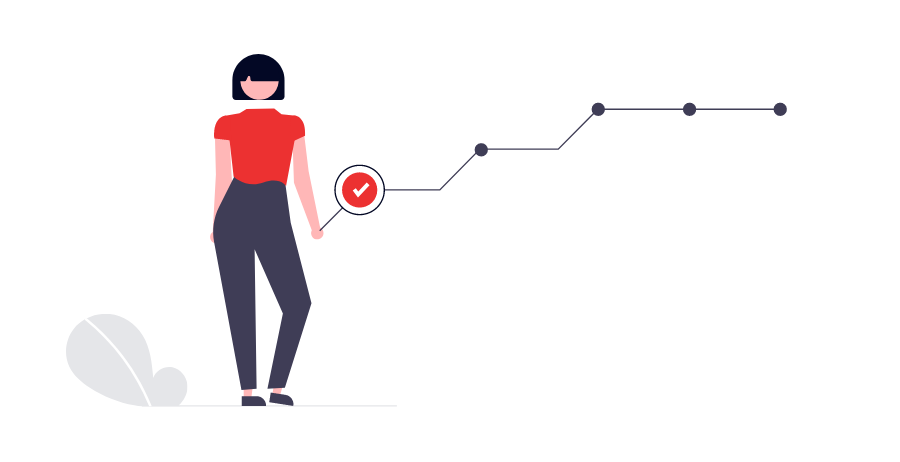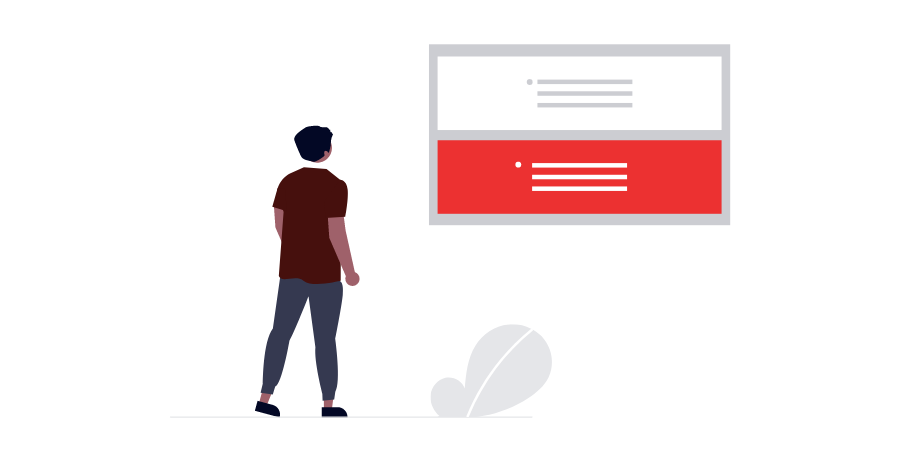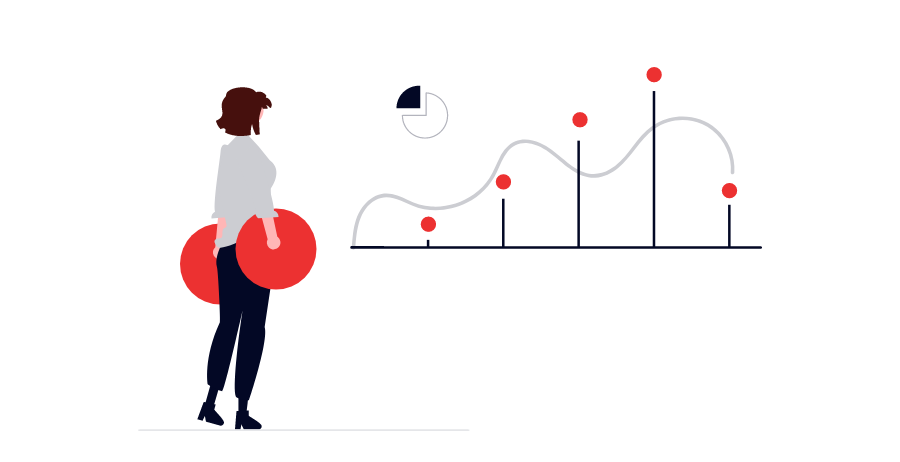In today’s ever-evolving world of software – especially within Software as a Service (SaaS) – pricing strategy has always been, and continues to be, a pivotal factor for success. It’s not just about setting a price; it’s an intricate dance of understanding market dynamics, customer value perception, and competitive positioning. I have been following so many product and pricing leaders in this space to try to make sense of how pricing has evolved, and will do my best to capture much of that in this essay.
Right from the start, I want to acknowledge the work of so many whose insights have been instrumental to me as I’ve worked to understand product pricing. Openview Partners has shared so many great insights through its essays and guides – led by its current Operating Partner, Kyle Poyar. I’ve also learned a lot from practical wisdom shared by Des Traynor of Intercom (which has recently made a big shift in the model for some of their products to become more usage-based). Scott Williamson’s reflections on the signals of pricing misalignment helped me understand nuances that aren’t always so clear.
These individuals aren’t the only ones, of course – but their work has helped me understand product pricing, which I’ll distill down a bit here in this essay.
The Evolution of Pricing Strategies in SaaS

The transformation in SaaS pricing strategies is a journey marked by a gradual yet profound shift towards more nuanced and customer-centric models. A critical factor in this journey, according to Openview Partners, is the concept of pricing maturity, a framework that assesses how well a SaaS company’s pricing strategy aligns with its market, customer needs, and the intrinsic value of its product.
Today, we’re seeing SaaS start to pivot towards value-based and usage-based pricing models. Traditional methods, often hinging on cost-plus or competitive benchmarking, are making way for strategies that closely tie pricing to the value customers derive from the software. In a way, the more familiar user-based or seat-based pricing was a step towards usage-based pricing. Companies only pay for the people who are actually using the product rather than paying, for instance, based on the size of your company. For instance, Slack’s freemium model leverages user-based pricing – and it illustrates how companies can scale their pricing with customer growth and usage intensity. If there’s a small team on a big company that starts to use Slack, they won’t be charged for their entire enterprise. They’re simply charged for the number of users who will ultimately use the product. While this type of pricing model was made popular by smaller startups initially targeting SMB’s, we’ve now seen large enterprises adopt this user-based pricing model. Adobe’s shift from selling packaged software to a subscription-based model exemplifies adapting pricing to evolving customer preferences and usage patterns.
There are limitations to per-user pricing, though. It can discourage adoption by larger teams due to escalating costs and might not accurately reflect the value users derive from the product, especially when usage varies significantly among users. Additionally, it can complicate the buying decision for potential customers who are unsure about how many user licenses they need, leading to potential under or over-purchasing. These issues highlight the need for SaaS companies to consider more flexible and value-aligned pricing models.
One shift we’re starting to see today – likely, in part, due to some of the challenges we see with user-based pricing is usage-based pricing. It’s a model that has gained traction for its alignment with customer value, especially in businesses where usage metrics can be directly correlated with the value delivered. For example, AWS’s pricing is largely based on consumption, allowing customers to pay for only what they use. This model appeals to customers due to its flexibility and scalability, making it a potent tool for customer retention and acquisition. SaaS products are adopting models like this, too. Intercom’s AI Fin product charges by resolution – not by month or by user.
Companies must navigate the complexity of accurately measuring usage and value, and ensure that pricing changes are communicated transparently to customers. Moreover, as Openview Partners’ data suggests, there’s a notable gap in pricing capabilities across different stages of company growth. Startups often struggle with setting the right price due to limited market data and experience, whereas more mature companies might face inertia in altering established pricing structures.
It’s crucial for SaaS companies to continually reassess their pricing strategies in line with market trends, customer feedback, and internal growth objectives. The journey towards pricing maturity involves more than just setting the right figures; it’s about building a pricing strategy that is flexible, transparent, and, most importantly, aligned with the value perceived by the customers. As we explore the intricacies of these strategies, we’ll see that pricing in SaaS is not just a financial consideration but a strategic tool that, when wielded wisely, can significantly enhance a company’s market position and customer relationships.
Getting Pricing Right from the Start

Crafting the right pricing strategy from the outset is crucial for SaaS companies, as Des Traynor of Intercom highlights. The initial pricing sets a tone for the product and its perceived value in the market. Traynor advocates for a nuanced approach that goes beyond mere cost calculations, urging companies to deeply understand their target customers and revenue objectives. This understanding is not static; it evolves with market feedback and competitive dynamics.
A key principle in Traynor’s approach is the alignment of pricing with customer segments and value propositions. He posits that the right pricing strategy is not just about what the market can bear, but also about what is fair and perceived as valuable by the target customer. For instance, a startup might initially adopt a low pricing strategy to attract early adopters, but as it scales and adds more features, a reevaluation of pricing becomes imperative to ensure it matches the enhanced value proposition.
Traynor also stresses the importance of flexibility in pricing. The initial price point should not be seen as set in stone but as a starting point that can and should be iterated upon based on customer feedback and market trends. This iterative approach to pricing can be a powerful tool for SaaS companies, allowing them to fine-tune their pricing models in alignment with evolving market conditions and customer expectations.
In addition to flexibility, Traynor underlines the need for simplicity in pricing structures. Overly complicated pricing can deter potential customers, especially in the early stages of a product’s lifecycle. A clear, straightforward pricing model, on the other hand, can enhance customer trust and streamline the buying process.
Finally, points out the need to continuously monitor and analyze pricing performance. Regularly reviewing metrics such as customer acquisition costs, conversion rates, and average revenue per user can provide valuable insights into the effectiveness of a pricing strategy. This data-driven approach ensures that pricing decisions are not just based on intuition but are backed by solid market and customer insights.
Getting pricing right from the start is a blend of strategic thinking, understanding of customer value, and willingness to adapt and iterate. It’s about finding the sweet spot where the price reflects the value delivered, meets the company’s revenue goals, and resonates with the target customers.
Signs Your Pricing May Be Off

So how do you know when things just aren’t working with your pricing? If you’re not finding product-market-fit – or things are starting to slow down, there are lots of factors that can play a part in things stalling out. Pricing can be a big factor – and in some cases, maybe the dominating factor. Scott Williamson provides insightful indicators of when pricing might be off the mark. One of the primary signs is a discrepancy in market share. If your pricing is too high, you risk losing market share, evident in reduced growth rates or an increase in losses to competitors. On the other hand, pricing too low can lead to poor unit economics, where the revenue generated doesn’t adequately cover the costs incurred, especially in customer support and infrastructure.
Another indicator is the customer segment your pricing attracts. Ideally, your pricing should align with the value you deliver and the segments you target. For example, if your service is high-end but attracts customers who are more price-sensitive, it suggests a disconnect between your pricing and market positioning. Similarly, if your service is essential and high-value, but you’re priced like a basic utility, you’re likely leaving revenue on the table.
Williamson also notes the importance of the pricing metric and its alignment with customer value. A misaligned pricing metric, where the basis of your pricing doesn’t correlate with the value customers derive from your product, can be problematic. It can result in scenarios where customers either feel overcharged for the value they receive or where the company fails to capture the full value of its offering.
The balance between too high and too low pricing is delicate. Pricing too high can limit your market, deter potential customers, and position you unfavorably against competitors. Conversely, pricing too low might increase adoption but can devalue your product in the market’s eyes, making it harder to raise prices later without backlash.
Understanding these signs is pivotal in crafting an effective pricing strategy. It involves a continuous process of evaluation and re-evaluation, ensuring that your pricing structure not only reflects the value you offer but also aligns with your market positioning and long-term business objectives. In this process, data is your ally; leveraging analytics to monitor customer behavior, market trends, and competitive dynamics will guide you in making informed pricing decisions.
The Dynamic Nature of Pricing
For SaaS, specifically, pricing isn’t just a number; it’s a strategy that evolves with the market, customer expectations, and the product itself. I had a chance to personally sit down with Kyle Poyar of Openview Partners (virtually, anyway) to dig in on this – and a lot came out of that conversation.
Dynamic pricing, or iterative pricing models, is based on the idea that initial pricing should be seen as a starting point for learning and adaptation. As the market changes and customer feedback comes in, pricing should be adjusted accordingly. This concept is not unique to SaaS; it’s seen across various industries. For example, in the airline industry, prices fluctuate based on demand, season, and competition. Similarly, SaaS companies can adjust their pricing based on factors like customer usage patterns, market demand, and competitive landscape.
The concept of product-market-pricing fit is central to this approach. It’s about finding a harmonious balance where the product not only meets the needs of the market but does so at a price that reflects its value and supports the company’s broader business objectives. Salesforce, for example, has adopted a tiered pricing model that caters to different segments of the market, offering various features and services at different price points. This allows them to capture a wider range of customers, from small businesses to large enterprises, each with its own set of needs and willingness to pay.
In my conversation with Kyle, he stressed the importance of being responsive to market feedback in pricing. A price that’s too high might deter potential customers or lead to losses in market share, while a price that’s too low might not cover the costs or could devalue the product in the eyes of customers. An example of this is Netflix, which has periodically adjusted its subscription rates based on content offerings, competitive pricing, and market conditions, while keeping a close eye on subscriber growth and retention.
In implementing a dynamic pricing strategy, data is crucial. Analyzing customer behavior, market trends, and competitive dynamics can provide valuable insights that guide pricing decisions. For instance, a SaaS company might use data analytics to understand how different customer segments use their product and adjust their pricing model to better align with usage patterns and perceived value. Netflix has a reputation of heavily using data to influence its key decisions – pricing included. The role data plays is critical because changing pricing can have a potential negative impact, especially as it relates to churn.
Overall, dynamic pricing in the SaaS industry is about much more than setting a price; it’s about creating a flexible, responsive strategy that evolves with your product and market. By embracing this approach, companies can develop pricing strategies that not only drive growth and profitability but also resonate with their target customers.
Pricing Before and After $50M ARR

Another area that Poyer has shared insights on pricing is how pricing strategies should be different, particularly once a company has reached the $50 million Annual Recurring Revenue (ARR) mark. For many startups and growing SaaS companies, pricing is often a secondary consideration, managed by personnel who might not have specialized expertise in pricing strategies. This scenario changes significantly as companies grow and cross the $50M ARR threshold.
In the early stages, often characterized by ARR figures below $50M, companies typically lack a dedicated pricing strategist. Marketing Directors, Product Managers, or even Founders frequently handle pricing in addition to their primary responsibilities. Poyar suggests that in these cases, a focus on understanding the product’s value to the customer is crucial. Startups should prioritize building a pricing model that reflects the value delivered and aligns with customer expectations, even in the absence of specialized pricing expertise.
As companies grow and surpass the $50M ARR mark, the complexity and impact of pricing decisions often necessitate more specialized attention. At this stage, hiring a dedicated pricing strategist becomes not just beneficial but essential. This role involves more than just setting prices; it encompasses analyzing market trends, understanding competitive dynamics, and aligning pricing strategies with overall business goals.
For companies without a dedicated pricing strategist, leveraging tools and resources such as pricing calculators, market research, and customer feedback becomes vital. These tools can help in making informed pricing decisions that support business growth and customer satisfaction. But using these tools alone still may not bring the same kind of benefit that a dedicated pricing strategist would bring along once a company has reached that level of maturity.
The Role of Product Managers in Pricing

Product Managers can play a pivotal role in shaping the pricing strategies of SaaS products. Their comprehensive understanding of the product, market, and customer needs allows them to provide valuable insights into pricing decisions. Product Managers identify key features and benefits that set the product apart, informing a pricing model that aligns with the product’s value proposition.
Of course, it’s not just the Product Manager that plays a role in pricing software products. The collaboration between Product Managers and other departments is essential in pricing strategy. Working with sales teams, Product Managers can glean insights into how customers respond to pricing, understanding objections and points of resistance. Working with marketing teams can ensure the pricing strategy complements overall market positioning and communication efforts. Aligning with finance teams is critical to make sure that the pricing strategy is not only market-driven but also financially viable, meeting revenue and growth targets.
In software (and especially within SaaS), where product offerings and customer needs are continuously evolving, the role of the Product Manager in pricing is dynamic and also ever-evolving. PM’s are tasked with keeping pricing models relevant and competitive, often requiring them to monitor market trends and competitor strategies actively. This role demands a balance between tactical execution and strategic thinking, ensuring the pricing strategy supports both short-term sales objectives and long-term business goals.
By synthesizing market data, customer feedback, and internal business metrics, Product Managers can advocate for pricing adjustments that optimize revenue while maintaining customer satisfaction and market competitiveness. Their role is not just to understand the product but to translate its features and benefits into a compelling value proposition that is clearly reflected in its pricing.
Common Pitfalls and How to Avoid Them

Let’s face it – there’s a lot that can potentially go wrong when it comes to pricing. I’ll outline a few pitfalls here, and maybe even more importantly – how to avoid these pitfalls.
Overlooking Customer Segmentation
A one-size-fits-all approach often fails to meet the diverse needs of different customer segments. For example, Salesforce successfully employs a tiered pricing model, catering to a wide range of customers from small businesses to large enterprises, each with different needs and budget constraints. This segmentation allows them to maximize revenue across different market segments.
Ignoring Market Dynamics
Market dynamics are ever-changing, and pricing should be adaptable. A notable example is Adobe’s transition from perpetual licenses to a subscription-based model for its Creative Suite, reflecting a shift in market preferences towards cloud-based solutions. This change required a keen understanding of evolving market trends and customer expectations.
Underestimating the Importance of Data
Data-driven decision-making is crucial for effective pricing. Companies like Netflix use extensive data analytics to understand customer preferences and viewing habits, which informs their pricing and content strategies. They regularly analyze customer behavior and adjust their pricing models accordingly.
Failing to Iterate
In a market where customer needs and competition are constantly evolving, pricing should also evolve. Slack, for example, has iterated its pricing over time, introducing plans that better align with how different organizations use their platform. This iterative approach helps them stay competitive and relevant.
Poor Internal Communication
Effective pricing strategies require cohesive efforts across multiple departments. Misalignment between teams can lead to ineffective pricing strategies. Companies that emphasize cross-departmental collaboration in its pricing strategy – ensuring that sales, marketing, finance, and product development are all aligned in their approach – are those that are likely to find better success.
Wrapping Things Up
There’s no silver bullet when it comes to locking in the right approach for pricing your software product. Pricing in SaaS is not a static element but a dynamic component that requires continuous attention and refinement. The insights from industry experts like Scott Williamson, Kyle Poyar, and Des Traynor and others certainly have been a big help to me to understand the nuances of pricing in software, which I’ve tried to sum up here. Consider this post a starting point, though. The one big takeaway I’ve learned about product pricing is that things are always changing and evolving – so constant education on the topic is 100% necessary.


